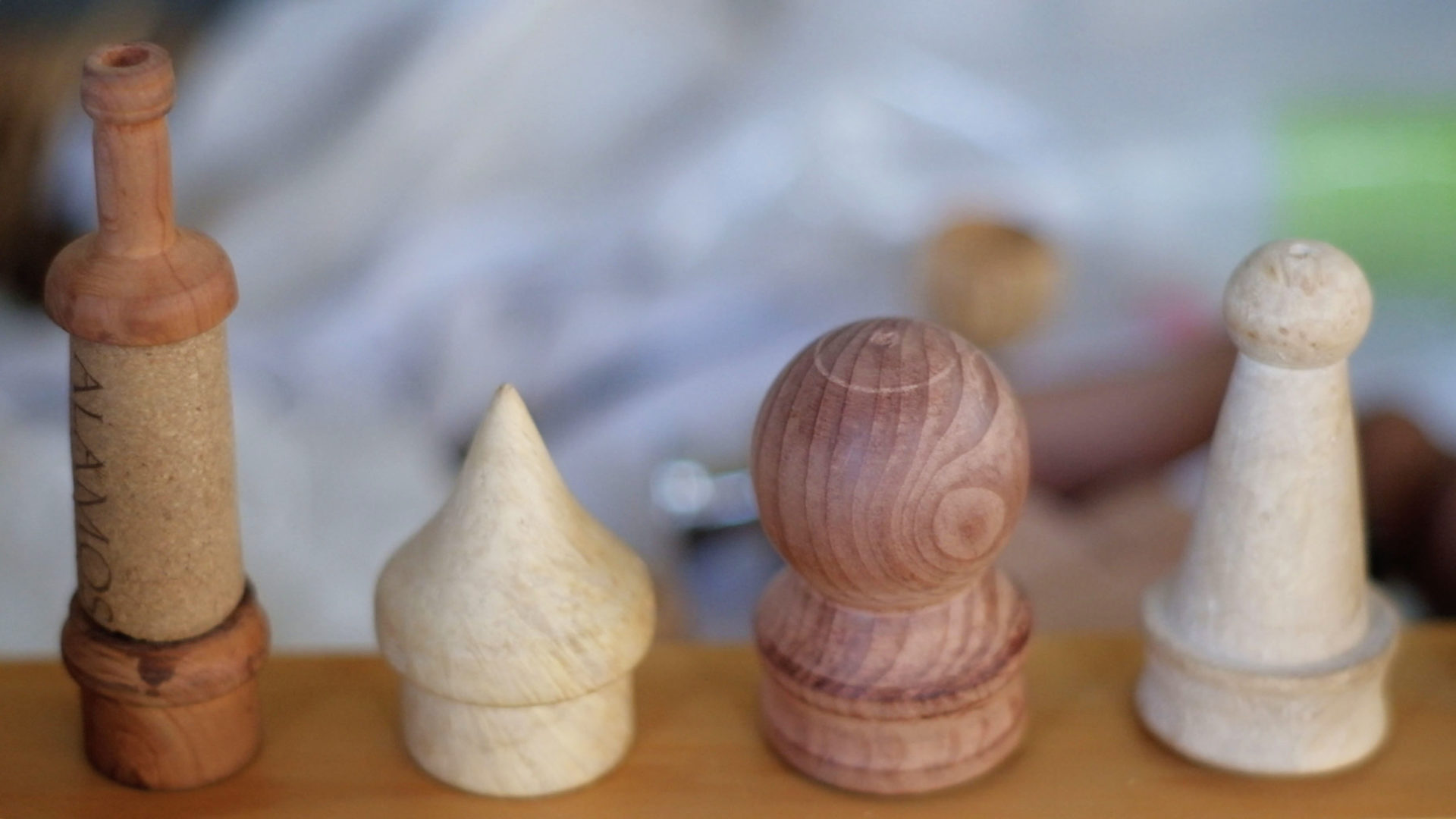Blind woodworkers, like sighted woodworkers, often use constraints such as jigs and fences to make predictable cuts, routes, and holes. In fact, blind woodworkers seldom make freehand cuts. But those jigs and fences need to be set up first, and no matter how well we measure and prepare, sometimes things go wrong. As the adage goes, “I cut it twice and it’s still too short.”
“I cut it twice and it’s still too short”
For those moments, iteration is a powerful principle in the workshop and for learning, because there can be no mistakes, only happy accidents.
Iteration is especially important because it is one way in which piloting is done and constraints are prepared. When a tool needs to be set up with a constraint, or piloted, those are iterative processes because they can rely on trial and error. Visually impaired woodworkers, who often prefer making constrained cuts over freehand ones, will therefore find iteration ac critical principle. It prepares instructors to teach students, and eventually students to teach themselves.
In some cases iteration can allow a student to explore freely, as in the header images that shows wine stoppers. For these, the student simply tried tools and learned what shapes they cut. In this way iteration can be helpful principle to to create projects without a need for printed plans, which are not accessible.
Iteration can also be used where people may not rely on sight, or when there is no way to create a constraint that produces a predictable outcome, or perhaps the outcomes is not yet defined. This is the case on the lathe in the video below. As the student is cutting the wheel freehand, he simply stops here and there to asses his work by feel. Each time, he gets closer, until the job is done.
